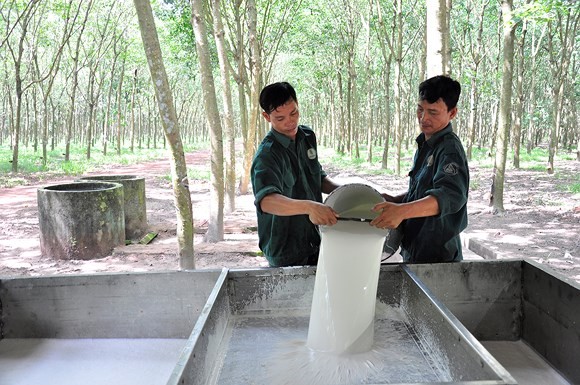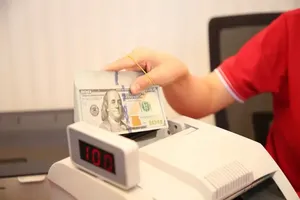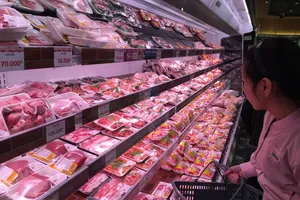
According to the Department of Agriculture and Rural Development of Binh Duong Province, there are around 134,000 hectares of rubber trees, of which small-scale rubber area accounted for 62.3 percent (about 83,600 hectares), a decrease 2,000 hectares compared to that in 2016. The prices of rubber were continuously at low level with average rubber price at VND32.8 million per ton in 2018, nearly VND7 million lower than that in 2017.
There are many households in Phu Giao District growing rubber trees in small scale with hundreds hectares of harvestable rubber trees. However, many households have had to switch to grow another crop due to volatile rubber prices. Particularly, the household of Mr Huynh Van Nang had 10 hectares of rubber trees ten years ago with nearly 20 employees. However, he had to chop down 7 hectares of rubber trees to grow cajuput and citrus trees due to unsteady prices. The remaining three hectares of rubber trees are currently waiting for being chopped down for lumber. Similarly, Mr Nguyen Van Tam also has had to chop down more than 7 hectares out of 11 hectares of his rubber trees to grow fruit trees in order to reduce growing and labor costs.
Mr Nguyen Van Minh, deputy CEO of Dau Tieng Rubber Company, said that the company has an area of nearly 16,180 hectares of rubber trees. Total yield reached roughly 28,140 tons of rubber sap in 2018, making up 101.5 percent compared to its plan with total consumption of 41,402 tons, of which exporting accounted for more than 80 percent.
In 2018, the weather was unusual, especially prolonged storms in September and October, causing a significant drop in production of rubber. Meanwhile, average rubber price declined by nearly 20 percent compared to that in 2017, sharply reducing the company’s total profit in 2018. In addition, several labors have quitted because of difficult situation, hindering the company from ensuring the number of employees for collecting rubber sap in order to complete its production plan.
Phuoc Hoa Rubber Joint Stock Company also experienced the same situation with nearly 200 labors leaving and profit plummeting sharply compared to previous years, causing the company to reduce operation and focus on improving the quality of rubber.
According to the provincial department, the price of rubber will continue to stay at low level until the end of 2019 due to tension caused by prolonged trade war between the US and China which directly affects Vietnam’s rubber exports. The US and China are the two main export markets of Vietnamese rubber, of which China market accounts for 60 percent of total rubber exports.
Vietnam Rubber Association said that rubber prices in December and early January on international trading floors like TOCOM were on losing trend. Therefore, it is difficult for rubber to rebound in near future.
In order to overcome difficulties, some firms have switch growth momentum from collecting rubber sap to trading fixed assets, including liquidating area of old and stunted rubber trees. Mr Le Phi Hung, CEO of Phuoc Hoa Rubber Joint Stock Company, said that the area of rubber trees that gives low productivity was liquidated at an average price of VND280 million per hectares. Currently, there are 4,500 hectares left and the company plans to liquidate 1,000 hectares annually so as to make up for losses caused by low prices.
In the period from 2005 to 2017, the company had switched 1,000 hectares of rubber trees to two industrial parks Nam Tan Uyen and Tan Binh. In the period from 2018 to 2020 the company plans to continue to change 1,000-2,000 hectares of rubber trees into industrial parks. Currently, the company has to carry out belt tightening measures in order to maintain production.
Meanwhile, Dau Tieng Rubber Company focuses on changing some areas of land that is no longer suitable for growing rubber trees into high-tech farming areas to increase land use efficiency as well as to diversify its products and services in order to ensure sustainable profit and prevent sole dependence on rubber tree. In addition, the company will continue to intercrop catch-crops to raise land use efficiency.
























